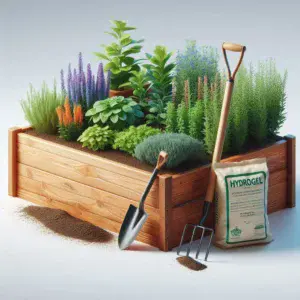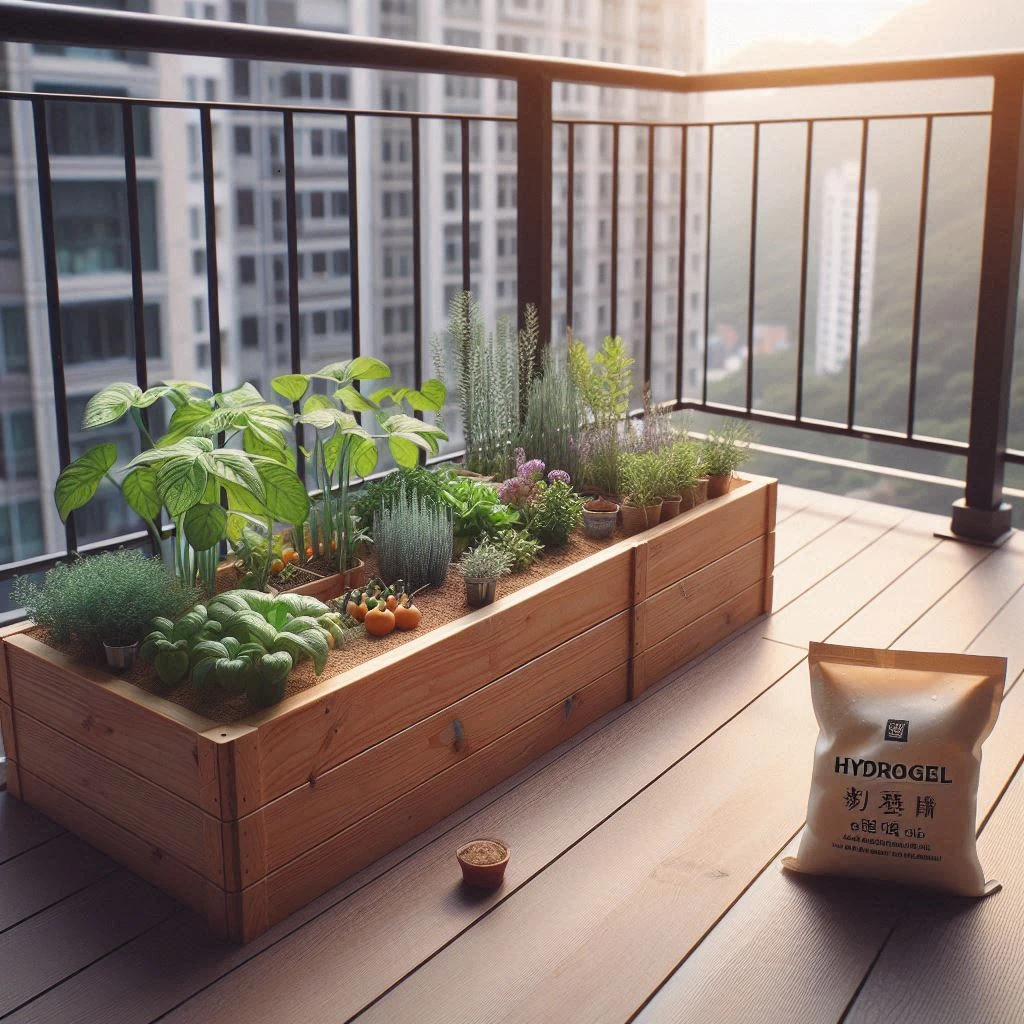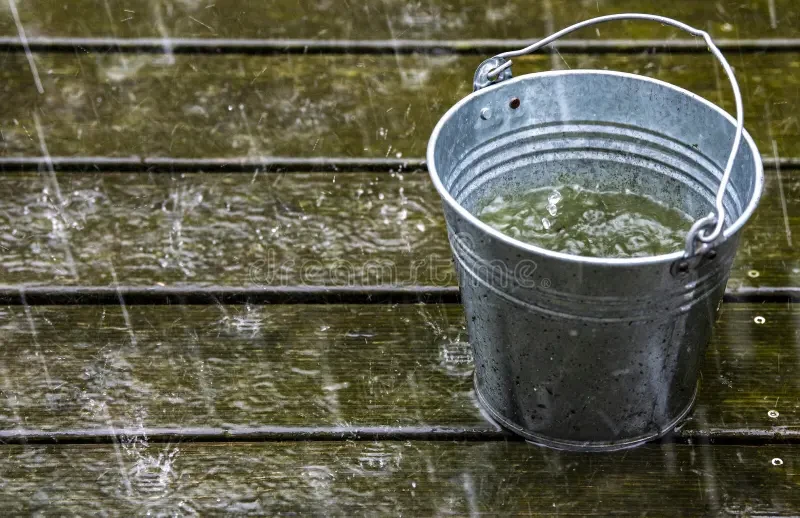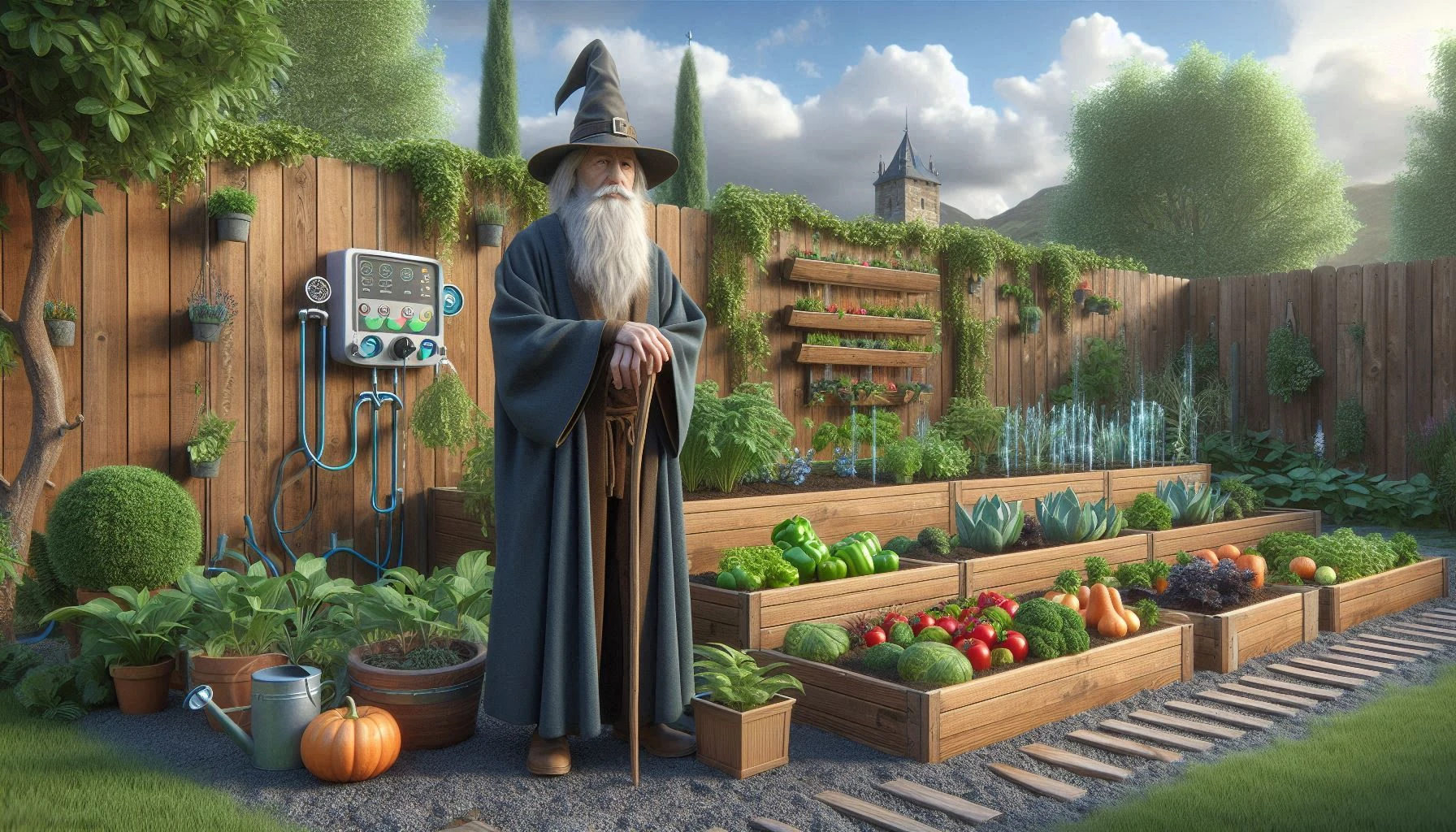 Hydrogels are fascinating materials that have found a unique spot in the world of urban agriculture. Composed mainly of a three-dimensional network of polymer chains, these substances have the ability to absorb and retain large amounts of water. This quality makes them perfect for agricultural use, especially in urban settings where space and resources can be limited.
Hydrogels are fascinating materials that have found a unique spot in the world of urban agriculture. Composed mainly of a three-dimensional network of polymer chains, these substances have the ability to absorb and retain large amounts of water. This quality makes them perfect for agricultural use, especially in urban settings where space and resources can be limited.
Originally, hydrogels emerged in the field of medicine, acting as carriers for drugs and as wound dressings due to their high water content and flexible nature. Over time, their remarkable water retention capability caught the attention of agriculturists looking to improve soil conditions and plant growth, leading to their incorporation in farming practices, including urban agriculture.
Urban agriculture poses unique challenges like limited space, restricted access to water, and sometimes poor soil quality. Hydrogels bridge these gaps effectively. By boosting soil hydration, they ensure that plants have a steady water supply, reducing the frequency of watering required. This is particularly useful in cities where water conservation is a pressing concern.
The potential benefits hydrogels bring to urban agriculture can’t be overstated. Not only do they help in maintaining consistent soil moisture, but they also enhance plant resilience against environmental stresses, potentially leading to higher crop yields and healthier plants. For urban growers looking to squeeze the most out of limited space, hydrogels might just be the innovative solution needed.
Enhancing Plant Growth with Hydrogels: Mechanisms and Benefits
Hydrogels work like tiny water reservoirs in the soil, and this ability to trap moisture can significantly improve plant growth. By maintaining a consistent moisture level around the plant roots, they reduce the frequency of watering and provide a more stable growth environment. This is especially useful during periods of drought or in areas with water restrictions.
These polymers don’t just help with water. They also enhance nutrient delivery. When fertilizers are applied, hydrogels can help to slowly release these nutrients over time, ensuring that plants receive a steady diet and not just a quick hit. This steady nourishment can lead to more robust root systems and healthy, vibrant plants.
Scientific research backs up these effects. Studies have shown that plants grown with hydrogel amendments often exhibit improved growth rates and better stress tolerance. This is particularly important in urban environments, where conditions might be less than ideal.
Real-world trials reinforce this scientific knowledge. Urban farms incorporating hydrogels have reported increased yields and improved plant health, presenting compelling cases for their use. Urban gardeners find that crops not only grow better, but they also survive longer and stay more vibrant, even in challenging conditions. Truly, hydrogels can be a game-changer in urban agriculture.
These polymers create a buffer against environmental stress, acting as both an insurance policy during dry spells and a growth booster throughout the growing season. As urban agriculture continues to expand, hydrogels might be among the essential tools that growers rely on to keep their gardens lush and productive.
Practical Application of Hydrogels in Urban Agriculture
Applying hydrogels in urban gardening requires some strategy, but it’s straightforward once you get the hang of it. Begin by determining how much hydrogel you need based on the type of plants you’re working with. For most vegetables and flowers, mixing one pound of hydrogel for every square yard of garden soil should suffice. However, always check specific guidelines because different plants may have varied requirements.
Mix the hydrogel into the top layer of soil. It’s best to do this before planting, allowing it to evenly distribute and blend into the existing soil structure. If you’re adding hydrogels to an already planted garden, water thoroughly after application to ensure the polymers have a chance to expand and incorporate themselves into the soil.
Urban agriculture takes many forms—whether it’s rooftop gardens, vertical farming, or community plots—and hydrogels can fit into each of these settings with ease. In rooftop gardens, where soil depth and moisture retention can be a challenge, hydrogels provide a much-needed solution. Vertical farming, meanwhile, benefits from the even distribution of water hydrogels offer, making sure every plant level gets its fair share.
Regular monitoring is key. Plants may require different amounts of water over time, so you’ll want to adjust your approach as needed. Pay attention to external conditions like temperature and rainfall, and tweak your watering schedule to account for these factors. The flexibility of hydrogels makes them perfect for managing the unpredictable nature of urban climates.
Incorporating hydrogels can revolutionize your gardening approach. They offer an efficient, smart way to optimize resources and maintain plant health. Urban gardeners who understand and utilize them effectively can maximize their yields while minimizing their environmental footprint.
Evaluating Environmental and Practical Concerns of Hydrogels
There is an ongoing debate about the environmental impact of hydrogels, which is important to consider. Some concerns lie in the synthetic nature of many hydrogels, as they’re usually made from polymers that could take a long time to decompose. This biochemical persistence in soil is a valid point of discussion, and becomes a particular concern for those focusing on sustainable practices.
Despite these concerns, the benefits of using hydrogels often outweigh the negatives, especially in water-scarce regions. They can slash water usage by providing an efficient delivery system, which in itself is a win for the environment. However, understanding the type of hydrogel you’re using is essential—biodegradable options are available and should be considered for more eco-friendly applications.
Apart from environmental aspects, there are practical drawbacks to bear in mind. Hydrogels can sometimes lead to soil compaction if not used properly, affecting root growth. This means careful monitoring and soil management are crucial. Keep an eye on how the soil structure evolves once hydrogels are incorporated, and adjust other gardening practices like aeration and tilling to maintain optimal soil conditions.
Hydrogels, like any tool, need to be used wisely. Balancing their use with environmental concerns and practical gardening needs will dictate their success. Consulting with experts or local horticulturists can provide insightful guidance tailored to specific climates and plants. Looking towards the future, ongoing innovations in the development of more sustainable hydrogels hold promise, ensuring they can play a role in urban farming for years to come.




